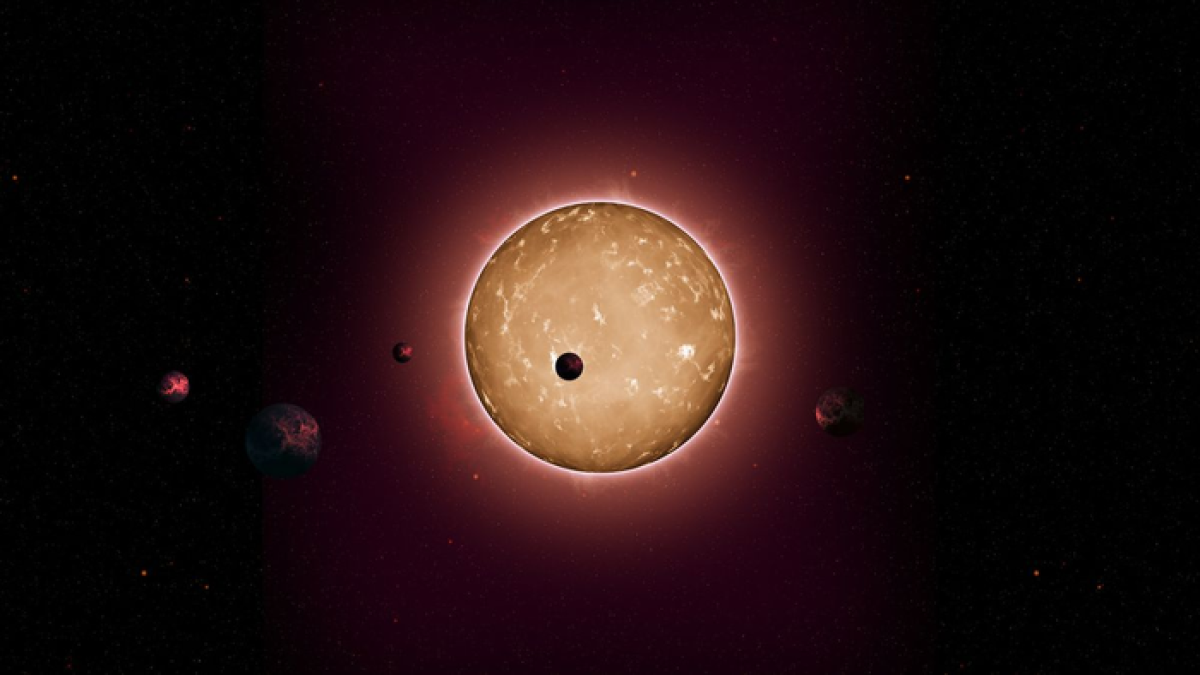Astronomers have discovered 366 new worlds outside the solar system, including a star orbited by two gas giants that are in extremely close proximity to each other.
These extra-solar planets, or exoplanets, add to the catalog of more than 4,500 worlds discovered that orbit stars other than our sun. The find could enable researchers to understand better the evolution of planetary systems as well as showing them how unique, or not, our solar system is in the wider Milky Way.
"Discovering hundreds of new exoplanets is a significant accomplishment by itself, but what sets this work apart is how it will illuminate features of the exoplanet population as a whole," said Erik Petigura, an astronomy professor at the University of California Los Angeles.
The finding was made possible thanks to a planet detection algorithm designed by a UCLA postdoctoral scholar, Jon Zink, which searched through data collected by the NASA Kepler Space Telescope's K2 mission.
Zink's algorithm analyzes dips in light output from stars that could be caused by orbiting planets, eliminating the ones that are not caused by planetary signatures. This is something that astronomers must usually do with follow-up investigations and can be incredibly time-consuming.
Zink and Petigura, along with an international team of astronomers called the Scaling K2 project, then used the data to identify the exoplanets.
"The catalog and planet detection algorithm that Jon and the Scaling K2 team devised is a major breakthrough in understanding the population of planets," Petigura said. "I have no doubt they will sharpen our understanding of the physical processes by which planets form and evolve."
Zink's algorithm searched through the entire dataset collected by the K2 mission: more than 800 million images of stars, adding up to over 500 terabytes of data.
Although data from K2 has previously been used to understand how the locations of stars in galaxies influence what kind of planets can form around them, Kepler's software was not sophisticated enough to determine these planets' size or their location relative to their star.
This prompted the use of UCLA's Hoffman2 Cluster to process the data, which resulted in the compilation of a list of 366 new exoplanets and 381 other planets that had been previously identified. Among the exoplanets discovered by the team, there are 57 planetary systems containing multiple worlds.
This list will be integrated into NASA's wider exoplanet catalog, which currently contains 4,575 worlds. All the exoplanets are within the Milky Way, our galaxy, meaning that the number of planets discovered in other galaxies remains just one.
The method used by the team, described in a paper published in The Astronomical Journal, is reminiscent of the discovery of 301 exoplanets previously reported by Newsweek made using another algorithm, ExoMiner. The ExoMiner program looked at previous exoplanet candidates in historical data and identified which ones were actually planets outside the solar system.
The discovery of two gas giants the size of Saturn in such close proximity is a special find. It is rare to find planets this size orbiting so close to each other and to their parent star.
Zink said the team currently didn't know how this gas giant system could have formed, but the discovery of these worlds could be important in assisting scientists to understand the parameters for planet formation.
The team also found a planetary system in which the worlds move in harmony, known as a resonant multiplanet system. This resembles the planetary system Kepler 444, an ancient system formed over 11 billion years ago and discovered in 2015 using the Kepler telescope.
The five planets of Kepler 444, which are located 119 light-years from Earth, also move in resonance. This allowed the sizes and other characteristics of the exoplanets in the system to be measured.
"We need to look at a wide range of stars, not just ones like our sun, to understand that," Zink said. "The discovery of each new world provides a unique glimpse into the physics that play a role in planet formation."

Uncommon Knowledge
Newsweek is committed to challenging conventional wisdom and finding connections in the search for common ground.
Newsweek is committed to challenging conventional wisdom and finding connections in the search for common ground.
About the writer
To read how Newsweek uses AI as a newsroom tool, Click here.








